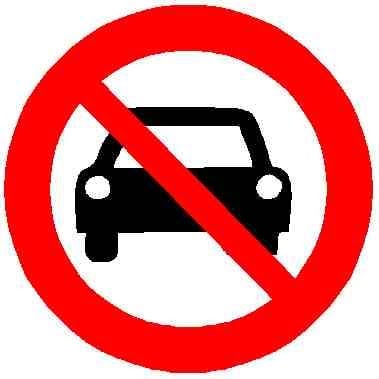

Catenaries can stretch up pretty high. This is a bit of gadgetbahn trickery, using batteries shifts cost from up-front capital improvement projects to operating and maintenance cost (managing vehicle charge levels and replacing batteries) and it eliminates one avenue for opponents of new transit to criticize (unsightly wires ruining the anesthetic of our beautiful car-choked city). It is a technically worse solution, but it’s a relatively mild departure from trains/trams as far as gadgetbahns go, and if they can leverage the novelty and the political benefits to build more transit to serve more people than they otherwise would have, good for them. Time will tell if this approach pays off, the world is littered with failed gadgetbahns, but also sprinkled with a few success stories













Tire and brake particulate is a real air quality impact that is either worse with EVs (for tire particulate because they are heavier) or mitigated, but still present for EVs (for brake particulate because regenerative braking reduces but does not eliminate the use of physical brake pads). For ICE cars (which are still the dominant form of car when looking at what’s on the road today), efficiency might go up in terms of fuel consumed per mile at a steady speed of 90 kph, but urban driving involves a lot of stopping and going, and reducing the speed limit reduces the amount and intensity of acceleration being done, which is where emissions are going to be worst. Also, the existence of 30 kph zones encourages alternatives to driving, whether that is low-no emission modes like walking, biking, or transit, or moving car trips away from the 30 kph zones to other areas (there’s a potential negative externality to the latter, but if done well, this can move car airborne emissions away from where a lot of people live and play and towards corridors and areas that are designed with uses that are more tolerant to poor outdoor air quality (e.g.: industrial parks, generally lower density areas, etc.)). That’s not to mention road vehicle noise pollution (sometimes considered part of air pollution, but most times not) and safety benefits that come alongside the air quality benefits discussed in this article from having fewer and slower cars